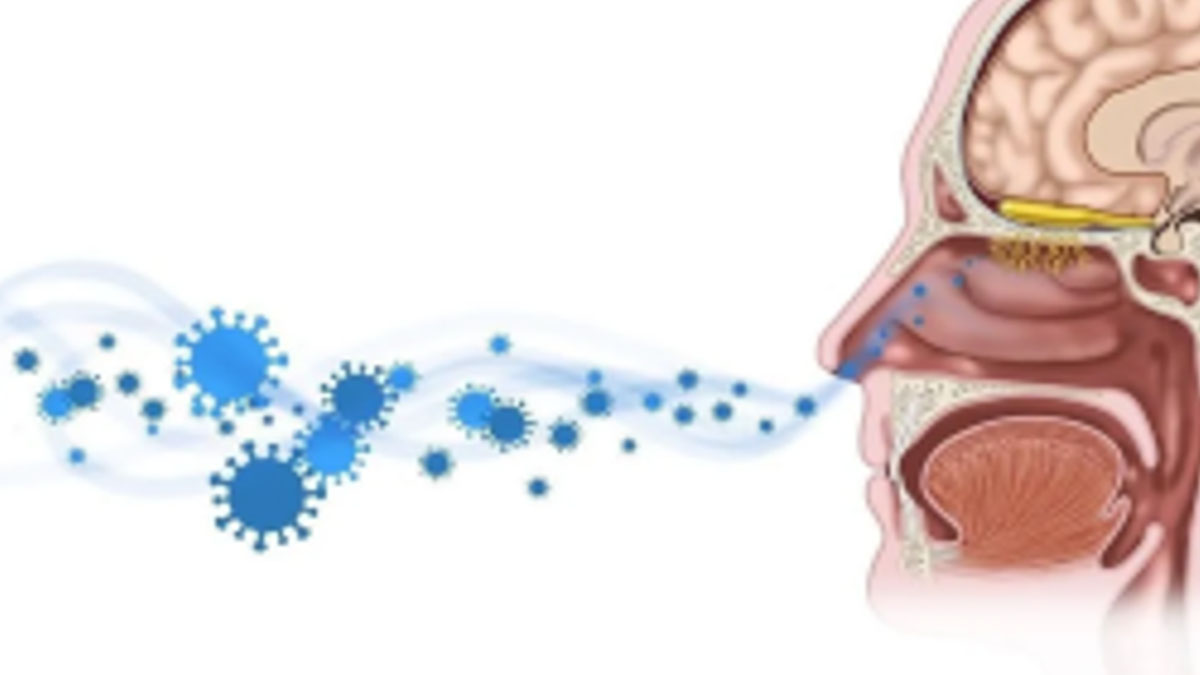
Loss of smell, or anosmia, has emerged as one of the hallmark symptoms of COVID-19, distinguishing it from other respiratory illnesses. This sudden loss of smell can be disconcerting and impactful on daily life. Understanding how COVID-19 causes smell loss can provide insights into the disease’s effects on the body and offer guidance on managing this symptom. This article explores the mechanisms behind smell loss in COVID-19 and what it means for those affected.
1. Understanding Smell Loss in COVID-19
**1.1. What is Anosmia?
- Definition: Anosmia refers to the complete loss of the sense of smell. It can occur suddenly or gradually and can significantly affect taste and overall quality of life.
- Related Symptoms: Often associated with changes in taste, as the senses of smell and taste are closely linked.
**1.2. COVID-19 and Anosmia
- Prevalence: Anosmia is reported in a significant number of COVID-19 cases, with studies showing that a substantial proportion of patients experience this symptom.
- Impact: Smell loss can persist even after other symptoms of COVID-19 have resolved, sometimes leading to prolonged recovery.
2. Mechanism Behind Smell Loss
**2.1. Infection of Olfactory Cells
- Olfactory System: The sense of smell is mediated by olfactory sensory neurons located in the olfactory epithelium at the top of the nasal cavity.
- Viral Entry: COVID-19 is caused by the SARS-CoV-2 virus, which can invade the olfactory epithelium, leading to inflammation and damage of olfactory neurons.
**2.2. Role of ACE2 Receptors
- ACE2 Receptors: SARS-CoV-2 binds to ACE2 receptors on the surface of various cells, including those in the olfactory epithelium.
- Disruption: The binding of the virus to these receptors can disrupt normal olfactory function and lead to smell loss.
**2.3. Inflammatory Response
- Inflammation: The immune response to the viral infection causes inflammation and swelling in the nasal cavity and olfactory system.
- Effects on Smell: This inflammation can impair the function of olfactory neurons and interfere with the transmission of smell signals to the brain.
**2.4. Damage to Supporting Cells
- Supporting Cells: The olfactory epithelium also contains supporting cells that help maintain the health and function of olfactory neurons.
- Impact of Infection: Viral infection and inflammation can damage these supporting cells, further affecting the sense of smell.
3. Diagnosis and Assessment
**3.1. Clinical Evaluation
- Symptom Reporting: Anosmia is often reported by patients as part of a broader range of symptoms associated with COVID-19.
- Diagnostic Tests: Healthcare providers may use tests, such as smell tests or olfactory assessments, to evaluate the extent of smell loss.
**3.2. COVID-19 Testing
- Confirmatory Tests: Testing for SARS-CoV-2 through PCR or rapid antigen tests can confirm a COVID-19 diagnosis, especially when anosmia is present.
4. Management and Recovery
**4.1. Self-Care and Home Remedies
- Smell Training: Smell training, which involves regularly sniffing a set of distinct odors, may help in the recovery of smell function over time.
- Avoidance of Irritants: Avoiding irritants and allergens that can exacerbate nasal inflammation may aid in recovery.
**4.2. Medical Interventions
- Consultation with Specialists: For persistent or severe cases, consulting an otolaryngologist or a specialist in sensory disorders may be beneficial.
- Treatment Options: In some cases, corticosteroids or other treatments may be prescribed to reduce inflammation and promote recovery.
**4.3. Monitoring and Follow-Up
- Regular Monitoring: Regular follow-up with healthcare providers to monitor recovery and manage any lingering symptoms.
- Long-Term Effects: Understanding that recovery from anosmia may take time and that some individuals may experience long-term changes in their sense of smell.
5. Prevention and Awareness
**5.1. Protective Measures
- Preventive Actions: Adhering to public health guidelines, including vaccination, mask-wearing, and social distancing, can reduce the risk of COVID-19 and related symptoms.
- Awareness: Raising awareness about the symptoms of COVID-19, including anosmia, can help in early detection and management.
**5.2. Ongoing Research
- Continued Study: Ongoing research into the mechanisms of smell loss and recovery in COVID-19 is essential for developing better treatments and understanding the long-term impacts of the disease.
Conclusion
Smell loss, or anosmia, is a significant symptom associated with COVID-19, caused primarily by the infection of olfactory cells and the resulting inflammatory response. Understanding the mechanisms behind this symptom can provide insight into its impact and guide appropriate management strategies. While anosmia can be distressing, many individuals experience recovery over time with proper care and treatment. Staying informed and seeking timely medical advice can help in effectively addressing this and other symptoms associated with COVID-19.
